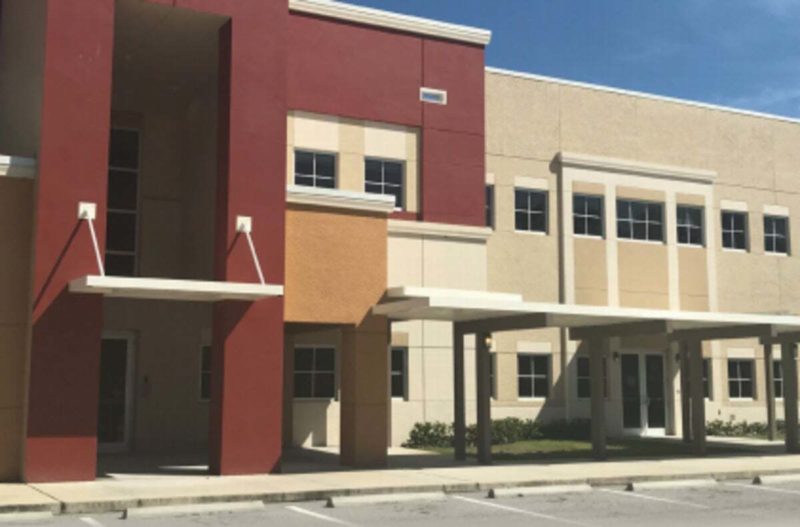
Despite ongoing efforts from established nonprofits, poverty, crime and unemployment continue to be pervasive challenges for residents in the Lealman Community.
Now, according to a strategic plan presented at Thursday’s Pinellas County Commission meeting on the Lealman Exchange, it’s time to find ways to leverage the strengths of existing community partners while recruiting new ones to fill unmet needs and improve the quality of life for Lealman residents.
“It’s an opportunity for us to tackle some of the most complex social issues we have in a structured, intentional collaboration across a multitude of sectors,” said Chris Moore, assistant to the county administrator for the Lealman Community.
The report, created by consulting firm The St. Petersburg Group in conjunction with Pinellas County, Social Venture Partners Tampa Bay, the Community Foundation of Tampa Bay and the Florida Dream Center, mapped out a phased, multi-year approach to harnessing the potential of the Lealman Exchange. The Exchange, which is located on 45th Street North and also houses a branch of the YMCA of Greater St. Petersburg, is uniquely positioned to tackle many of the top needs outlined by stakeholders in the strategic plan by serving as a community center for families, a life services hub and a place where residents can obtain job skills training and employment assistance.
The mission of the Lealman Exchange is to build community pride and increase opportunity in five key areas:
- Economic empowerment
- Educational advancement
- Health and wellness
- Character and leadership
- Community connectivity
By centralizing services, Moore hopes to make it as easy as possible for people to be able to access the services they need both inside and outside the Lealman Exchange facility.
“Having that single point of entry where people can go and get the support they need is a core mission,” said Moore, adding that programming at the Lealman Exchange will be driven by data and focused on activities that provide the most value for residents. “We want to understand what they need help with, and get them plugged into the system in a way where we don’t lose track of them, and then monitor their progress throughout to make sure they’re getting the care that they need.”
This mission can best be achieved through what’s known as the Collective Impact model, a framework aimed at solving challenging social issues through collaboration across a variety of sectors and organizations. By working under a backbone organization, operating under a common agenda and having regular communication between partners, this model will ideally help unite Lealman Exchange’s service providers into one symbiotic entity.
To support the mission, the strategic plan recommends bringing in a third party who can steer the leadership of the Lealman Exchange and serve as its backbone organization. This organization would be responsible for coordinating service providers, seeking additional revenue streams and maintaining communication with community members, among other tasks. Moore said he plans to report back to the commission in August to talk about costs related to bringing a third party on board.
Commission co-chair Charlie Justice, who has been active in efforts to revitalize the Lealman Community and helped open the Exchange, said he’s seen a number of strategic plans and surveys of the area over the years. Now it’s time to deliver and create some tangible results.
“I’m impatient in the best way because I’m excited about what we can do,” he said. “I just want to get moving. I want to get a shovel and get started.”
Editor’s note: Catalyst publisher Joe Hamilton is a partner in the St. Petersburg Group
